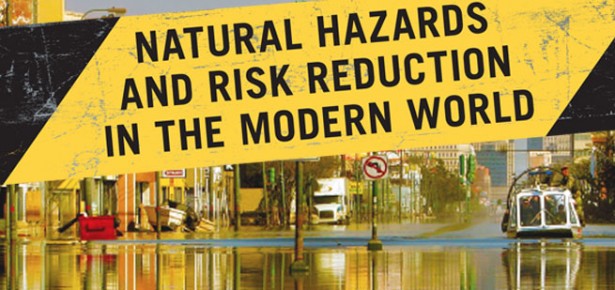
US President-Elect Trump recently picked Myron Ebell to head the transition team for the Environmental Protection Agency (EPA). Ebell has no formal background in environmental science (he trained as an economist). He works at the Competitive Enterprise Institute, a think tank that receives funding from the coal industry and other fossil fuel interests. That obvious conflict of interest, coupled with Ebell’s lack of environmental expertise, should have raised more eyebrows in Washington.
Ebell’s lack of environmental expertise, should have raised more eyebrows in Washington
In my opinion, there is something more troubling that needs to be emphasized: Mr Ebell’s appointment could lead to thousands, perhaps tens of thousands of additional, preventable, deaths. Here’s why: A 2010 report published by the National Academy of Sciences, Engineering and Medicine documented the costs to America from large-scale burning of coal. The main costs are associated with premature deaths from air pollution – the Academy estimated that more than 9,000 premature deaths per year in the US alone were caused by emissions from coal-fired power plants. Those emissions also contribute to an epidemic of childhood asthma. The associated costs, mainly from medical expenses and lost income, exceed $60 Billion per year. Similar numbers probably apply to most industrial societies that burn coal for power. Many cities in China and India are choked with air pollution from coal-fired power plants. The US death toll was expected to decline as cleaner natural gas replaced coal, and incoming EPA regulations tightened restrictions on emissions from existing plants. Ebell has stated that he wants to kill those regulations and increase coal’s role in the economy. It is reasonable to assume that this position is closely related to Ebell’s funding from the coal industry.
9,000 premature deaths per year in the US alone were caused by emissions from coal-fired power plants
One of the tragedies here is that these deaths are preventable – most of the pollution comes from the dirtiest 15%-20% of the coal-fired power plants, ones that use outmoded technology. The majority of coal-fired power plants operating today are actually fairly clean in terms of emissions. For example Mississippi Power is constructing a state-of–the-art coal-fired power plant in Kemper County, Mississippi, whose emissions will be on par with a natural gas facility. The new EPA regulations would have focused on older, dirtier plants, and give incentives to companies to clean up their emissions, either by upgrading to newer technology or switching to natural gas.
Congress should stand up to the special interests who are pushing an outmoded and dirty energy source
The Republican-led congress will have a say in appointing the new EPA administrator. Even if they are not troubled by the obvious conflict of interest in Ebell’s appointment, Congress should stand up to the special interests who are pushing an outmoded and dirty energy source that needlessly kills thousands of Americans every year.
Further Reading: National Academy of Sciences (2010): Hidden Costs of Energy: Unpriced Consequences of Energy Production and Use, National Academy Press
This article is based on material in Chapter Six, “Nuclear Power, Coal, and Tuna: the Concept of Relative Risk.”of Timothy Dixon’s new books Curbing Catastrophe: Natural Hazards and Risk reduction in the Modern World
Latest Comments
Have your say!